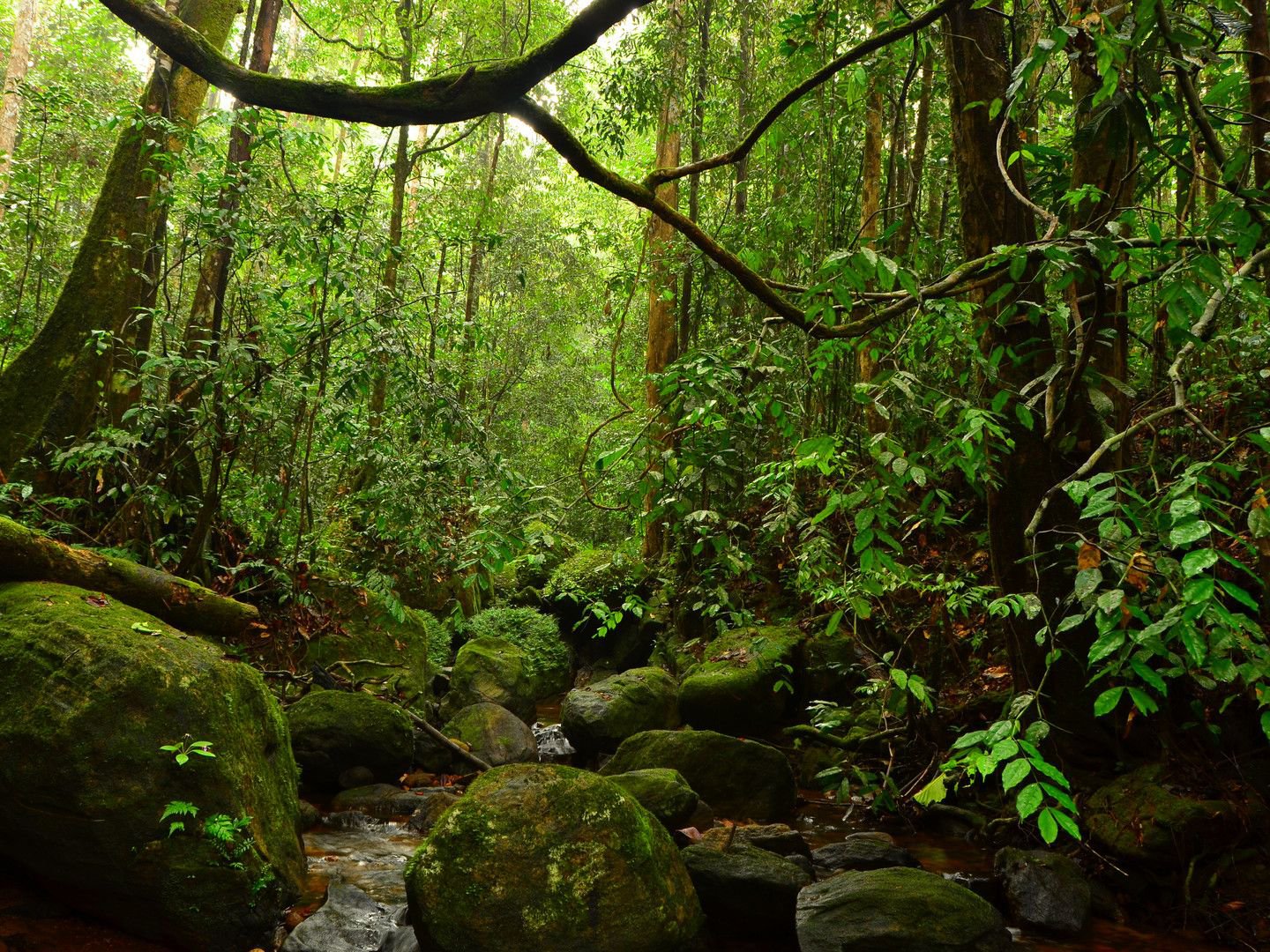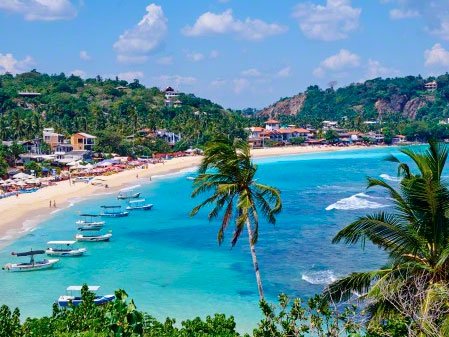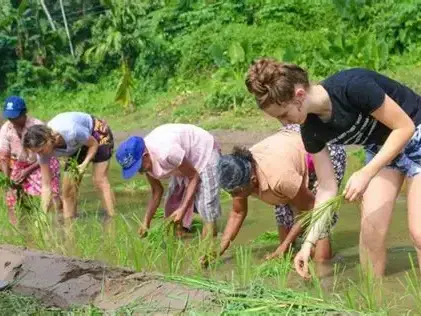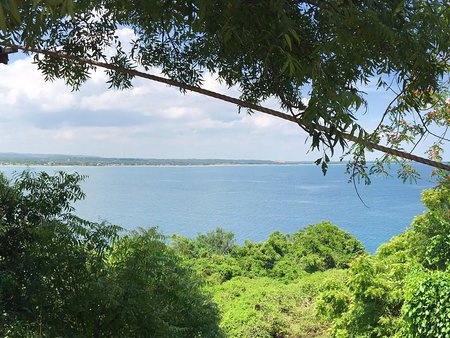Guardians of Green Gold: Unlocking Research and Sustainable Tourism in Sinharaja and Sri Lanka’s Forest Reserves

Introduction: Why Forests Matter Now More Than Ever
Forests are more than trees—they are the lungs of our planet, the guardians of biodiversity, and the backbone of rural livelihoods. In Sri Lanka, Sinharaja Forest Reserve, the country’s last viable area of primary tropical rainforest and a UNESCO World Heritage Site since 1988, stands as a living laboratory of ecology and conservation. Stretching over 11,187 hectares across the districts of Ratnapura, Galle, and Matara, Sinharaja holds more than 60% of Sri Lanka’s endemic tree species and over 50% of its endemic mammals, reptiles, and amphibians.
Yet Sinharaja is not alone. Knuckles Conservation Forest, Kanneliya-Dediyagala-Nakiyadeniya (KDN) Complex, Peak Wilderness Sanctuary, and other reserves collectively safeguard more than 30% of Sri Lanka’s total forest cover—a figure that has sadly declined from 47% in 1960 to just 29.1% in 2021 (FAO Global Forest Resources Assessment). These numbers underline the urgency: we need to innovate in research-based tourism, sustainable use, and long-term conservation strategies.
This article explores how Sri Lanka can integrate scientific research, environmental tourism, and community benefit models to preserve these natural assets for generations to come.
Part I: The Case for Research and Sustainability
Sinharaja as a Living Laboratory
- Recognized by UNESCO for its universal ecological value.
- Home to 282 bird species (including 34 endemic species such as the Sri Lanka Blue Magpie).
- Rich in amphibians (65 species), many of which are endangered.
- Functions as a crucial carbon sink, mitigating climate change.
But beyond ecological wonder, Sinharaja and other forests offer untapped research potential—from studying medicinal plants to climate resilience, hydrology, and species migration patterns. Universities in Colombo, Peradeniya, and Ruhuna could collaborate with global research centers to establish permanent ecological monitoring stations, turning Sri Lanka into a global hub for tropical forest studies.
Part II: Case Studies on Research & Sustainable Forest Tourism
Case Study 1 – Costa Rica’s Monteverde Cloud Forest
Costa Rica has transformed its forests into hubs for scientific research and eco-tourism, generating over USD 3 billion annually. Guided tours emphasize both research findings and conservation. Sri Lanka can replicate this model by integrating research outcomes into visitor experiences.
Case Study 2 – Rwanda’s Nyungwe Forest National Park
Like Sinharaja, Nyungwe is rich in biodiversity. Rwanda developed canopy walkways and primate research stations, drawing over 100,000 eco-tourists annually while funding conservation and local jobs.
Case Study 3 – Australia’s Daintree Rainforest
The world’s oldest rainforest blends tourism with community-run indigenous experiences. Local tribes narrate ecological history, linking conservation with cultural identity. Sri Lanka’s forest-adjacent communities could be empowered similarly.
Case Study 4 – Knuckles Conservation Forest, Sri Lanka
Already part of UNESCO’s “Man and the Biosphere” program, Knuckles has scope to become a climate adaptation research hub. Controlled trekking, student research permits, and digital monitoring could enhance both sustainability and visibility.
Case Study 5 – Madagascar’s Ranomafana National Park
This park integrates biodiversity research with eco-lodges operated in partnership with conservation NGOs. Over USD 2 million in annual revenue supports both science and locals.
Case Study 6 – Kanneliya Rainforest (Sri Lanka)
The KDN forest complex, though less publicized, is ranked the world’s 21st biodiversity hotspot. Currently underutilized, it could pioneer guided research trails, butterfly parks, and endemic plant studies.
Case Study 7 – Brazil’s Amazon Research Institutes
Despite challenges, Amazon research centers link scientists with tourists via visitor centers, digital AR/VR platforms, and conservation funding programs. Sri Lanka can adapt similar forest-linked technology tourism.
Part III: Strategies for Sri Lank
- Forest Research Tourism Model
- Establish Forest Research & Interpretation Centers at Sinharaja, Knuckles, and KDN.
- Allow academic-tourist hybrid visits where travelers participate in guided research experiences.
- Community Co-Ownership
- At least 40% of eco-tourism revenue should flow back to local communities for alternative livelihoods—reducing illegal logging or hunting pressures.
- Technology Integration
- Use AI-based biodiversity monitoring, drone-assisted canopy mapping, and mobile apps for tourists that display real-time data from ongoing research.
- Capacity Building
- Train forest guides as eco-research interpreters.
- Encourage postgraduate research students to present findings at visitor centers.
- Visitor Management
- Introduce carrying capacity limits for sensitive trails.
- Promote off-season tourism to distribute visitor pressure.
- Sustainable Infrastructure
- Eco-lodges, treehouse stays, and research cabins designed with low carbon footprints.
- Solar energy, rainwater harvesting, and waste recycling as standard.
- International Collaboration
- Partnerships with Smithsonian, Kew Gardens, and WWF to fund biodiversity documentation and student exchange programs.
Part IV: Policy Alignment
Sri Lanka’s National Sustainable Tourism Policy (2022) highlights eco-tourism as a key growth sector. Aligning Sinharaja and other reserves under this framework can support both the UN SDGs (Goals 13, 15, and 17) and the Sri Lanka Tourism Vision 2025, which aims for a diversified, resilient tourism economy.
Conclusion: From Extraction to Stewardship
Sri Lanka once viewed forests as timber reserves. Today, they represent green gold—a priceless resource for research, sustainability, and regenerative tourism. Sinharaja and its sister reserves can position Sri Lanka as a global leader in eco-research tourism, balancing economic growth with ecological protection.
The challenge lies in governance, enforcement, and innovation. If done right, these forests will not just survive—they will thrive, fueling education, conservation, and livelihoods for decades to come.
Disclaimer
This article has been authored and published in good faith by Dr. Dharshana Weerakoon, DBA (USA), based on publicly available data from cited national and international sources (e.g., Sri Lanka Tourism Development Authority, Central Bank of Sri Lanka, international tourism monitors, conservation bodies), decades of professional experience across multiple continents, and ongoing industry insight. It is intended solely for educational, journalistic, and public awareness purposes to stimulate discussion on sustainable tourism models. The author accepts no responsibility for any misinterpretation, adaptation, or misuse of the content. Views expressed are entirely personal and analytical, and do not constitute legal, financial, or investment advice. This article and the proposed model are designed to comply fully with Sri Lankan law, including the Intellectual Property Act No. 52 of 1979 (regarding artisan rights and design ownership), the ICCPR Act No. 56 of 2007 (ensuring non-discrimination and dignity), and relevant data privacy and ethical standards.
✍ Authored independently and organically through lived professional expertise—not AI-generated.
Further Reading: https://www.linkedin.com/newsletters/7046073343568977920/
Additional Reading: https://dharshanaweerakoon.com/saudi-arabia-for-sri-lanka/






